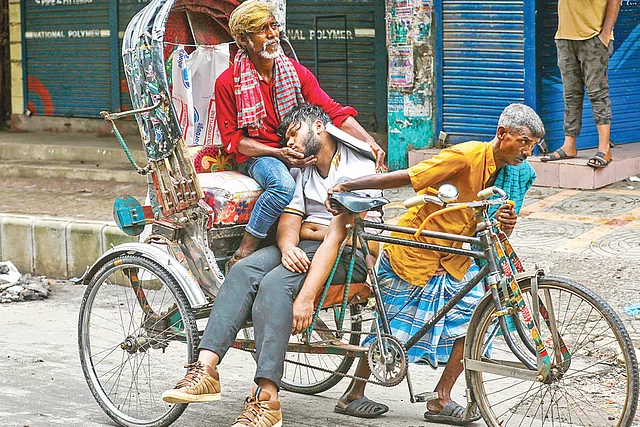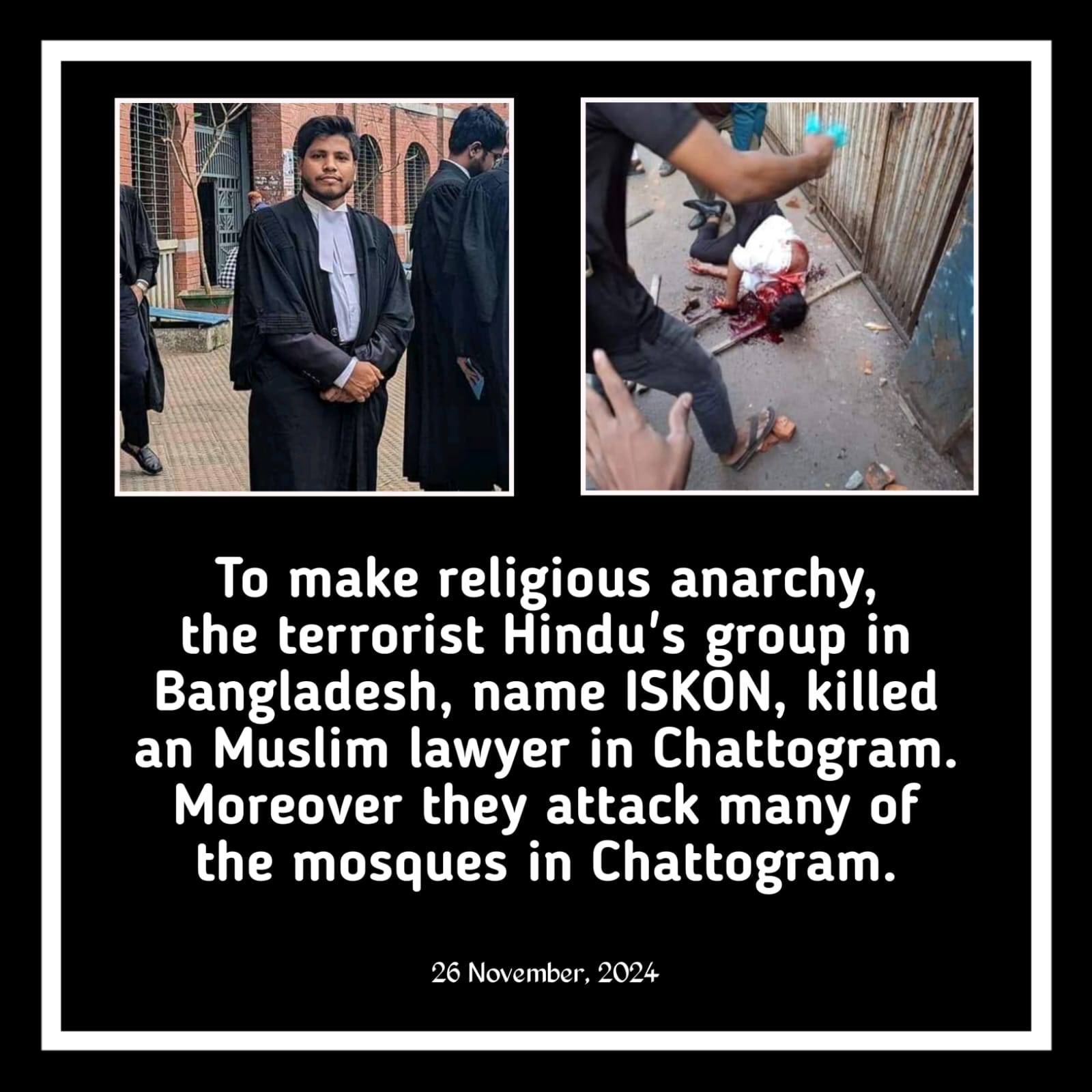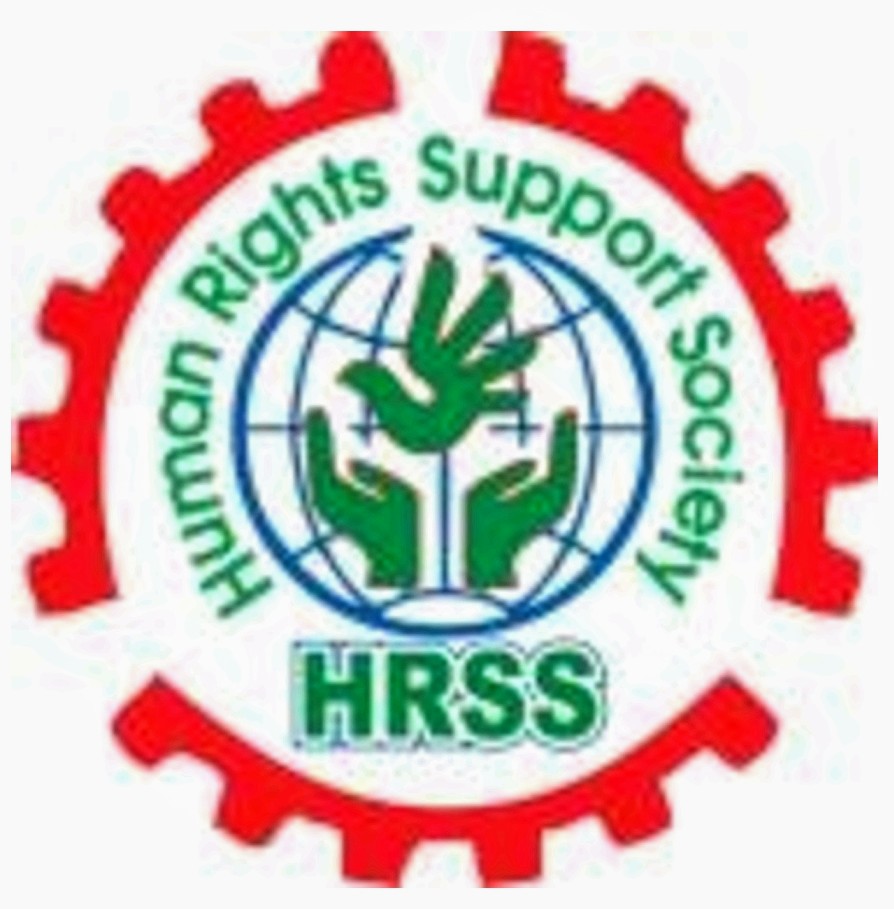During the quota reform movement, anti-discrimination student movement, and anti-government protests in July and August, over 18,000 people were injured and received medical treatment across the country amid widespread clashes and violence. This information comes from a draft report by a government-formed committee, submitted to the Ministry of Health last Thursday.
The report states that the death toll stands at 622, based on hospital data. However, many who were killed during the protests were not brought to hospitals, suggesting the actual death count could be much higher.
According to the Ministry of Health, this is a preliminary or draft list. The process of data cleaning is still underway. The final list will be published on a website, and more names may be added, potentially altering the death toll.
The Directorate General of Health Services (DGHS) is compiling a list of the injured and deceased under its Management Information System (MIS). This list includes the number of injured and dead from July 15 to August 5. An official from MIS, speaking anonymously, told Prothom Alo that both public and private hospitals have formally provided the information, which MIS is compiling. Data collection and verification are still ongoing.
According to official figures, so far, 18,247 people have been injured in the protests. Naturally, the highest number of casualties occurred in Dhaka Division, with 11,073 people injured. The lowest number of injuries was in Barishal Division, where 236 people were injured.
After Dhaka, the second highest number of injuries occurred in Chattogram Division, with 1,738 people injured. Khulna Division had 1,546 injuries, Rangpur 1,205, Rajshahi 1,154, Sylhet 718, and Mymensingh 577.
MIS data shows that 10,939 people received outpatient treatment, while 6,865 were hospitalized. Most of the injured were treated in public hospitals, with 15,689 people receiving treatment in government facilities and 2,558 in private hospitals. However, no one from Barishal, Khulna, Mymensingh, or Rangpur Divisions sought treatment at private hospitals or clinics, and the government has not yet received any information about such cases.
| Division | Injured | Disbaled | Eye Injury | Killed |
| Dhaka | 11,073 | 498 | 603 | 477 |
| Chittagong | 1738 | 22 | 43 | |
| Khulna | 1546 | 11 | 5 | 39 |
| Rangpur | 1205 | 1 | 5 | 4 |
| Rajshahi | 1154 | 8 | 4 | 19 |
| Sylhet | 718 | 2 | 22 | |
| Mymensingh | 577 | 4 | 17 | |
| Barishal | 236 | 7 | 2 | 1 |
| Total | 18,247 | 525 | 647 | 622 |
Uncertainty Over Actual Death Toll
MIS has recorded data on 622 deaths nationwide, all of which are hospital-based. However, the committee’s head, former Senior Secretary Mohammad Humayun Kabir, said, “We are continuing efforts to determine the actual number of deaths from sources outside hospitals.”
Analysis of the deaths shows that 443 people were brought to hospitals dead (brought dead), while the remaining 179 died while receiving treatment.
The death toll reflects fatalities across all divisions, with the highest number in Dhaka Division, where 477 people died. The lowest death count was in Barishal, with one death. Chattogram and Khulna Divisions reported 43 and 39 deaths, respectively. Sylhet, Rajshahi, and Mymensingh recorded 22, 19, and 17 deaths, respectively. The first death in the protests occurred in Rangpur Division, where 4 people died in clashes.
Since the start of the protests, Prothom Alo has been collecting death data. According to information from hospitals and other sources, Prothom Alo has gathered data on 760 deaths between July 16 and September 3.
Severe Injuries and Disability
Among those admitted to hospitals with severe injuries, 3,048 required surgery. As a result of these injuries, at least 525 people have become physically disabled to varying degrees.
During the protests, the police used various weapons. Early in the protests, police fired indiscriminately with shotgun pellets to disperse the crowds, causing many to lose their eyesight. MIS data shows that 647 people suffered severe eye injuries, with 603 cases in Dhaka Division. Chattogram Division had the second-highest number of eye injuries, with 22 cases, and the remaining six divisions had a total of 22 cases. Many individuals have lost vision in one or both eyes permanently.
Those involved in compiling the list told Prothom Alo that hospitals often lack complete information on patients, and during large influxes of patients, hospital staff are unable to record all details. Furthermore, many patients provide incorrect phone numbers, making it difficult to trace or identify them. This draft list will be published on a website, and if anyone is left out, they will need to provide proof of treatment from the hospital. Once confirmed, their names will be added to the list by MIS.
Interim Government and Assistance
On August 15, the interim government formed a 13-member committee, headed by former Senior Secretary Mohammad Humayun Kabir, to develop guidelines for providing medical assistance to the injured and support for the families of those killed in the recent uprising. The committee will also create a complete list of those injured and killed. In addition to representatives from the Ministry of Health, the committee includes representatives from the anti-discrimination student movement and eight other ministries.
Mohammad Humayun Kabir told Prothom Alo, “This is a preliminary list. It needs to be finalized. After the list is refined, the government will decide on how assistance will be provided.”










